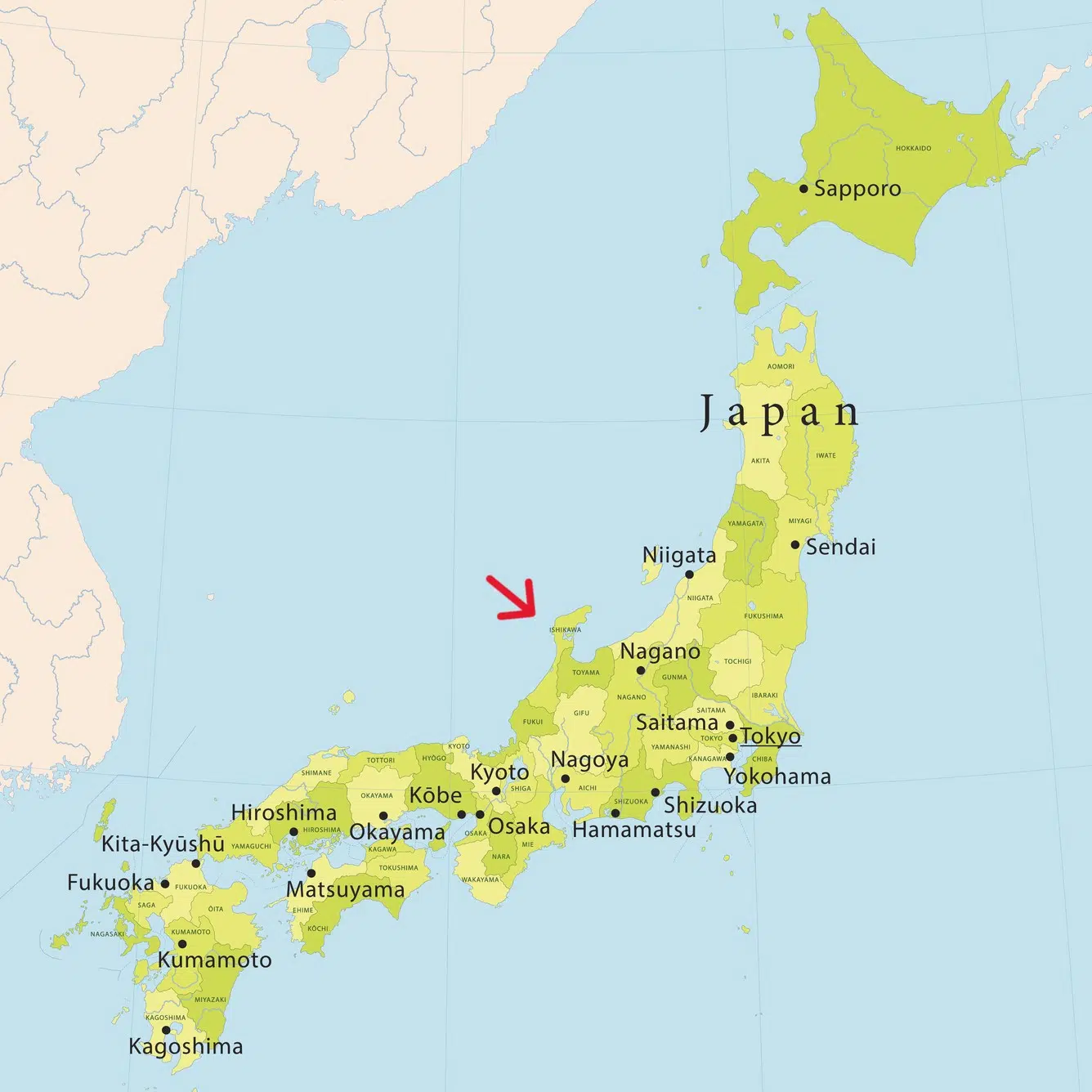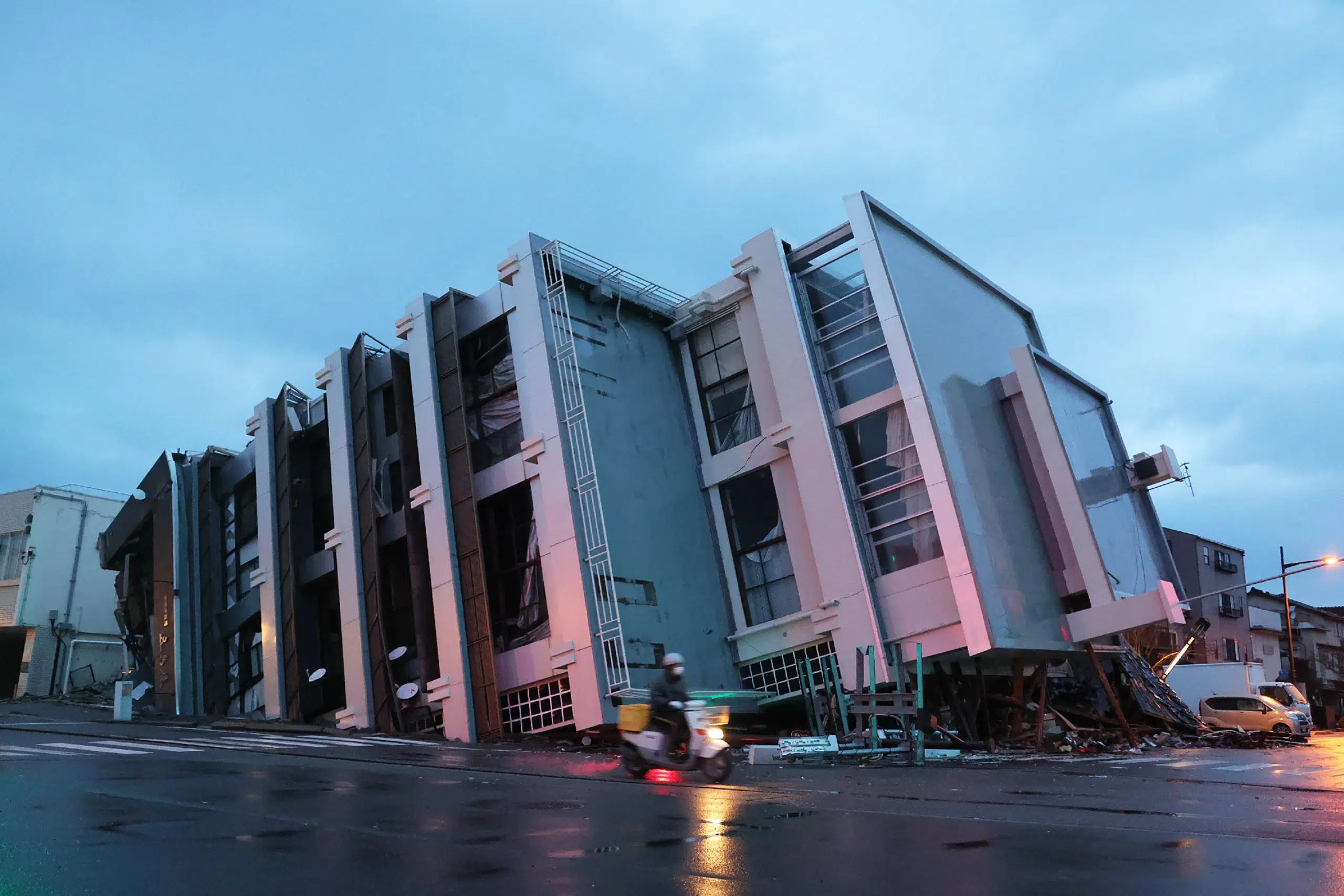Brussels – The toll is worsening, and new tremors keep the tsunami risk alive. Japan is licking its wounds after the violent 7.5 earthquake that struck the Noto Peninsula on Monday, January 1: 73 were confirmed dead, over 300 injured, and over 30,000 evacuated from the Ishikawa Prefecture. The situation is still unclear and rapidly evolving and – should Tokyo need it – the EU said it was “ready to offer authorities all the necessary support.”
In a joint statement, the EU High Representative for Foreign Affairs, Josep Borrell, and the Commissioner for Crisis Management, Janez Lenarčič, expressed “full solidarity with the Japanese people and authorities” and their admiration for “the rescuers working tirelessly to save lives.” Lenarčič, responsible for the European response in the face of emergencies and natural disasters, said on X: “We are ready to offer any support in this time of need.”

The situation was particularly dramatic at the epicenter in the Ishikawa Prefecture, where the intensity exceeded that of the great 1995 Kobe earthquake, which killed over 6,000 people. In Wajima, the collapses caused a vast fire in the city center, with at least 39 confirmed victims. While in Suzu, tremors triggered a tsunami that flooded an area of about 100 hectares. Japan’s prime minister, Fumio Kishida, immediately convened an emergency cabinet and ordered the evacuation of the worst-hit areas: 34,300 people were evacuated in Ishikawa, Toyama, and Niigata.
“My thoughts are with the Japanese people in these difficult times. Japan is one of the EU’s closest partners and friends. We stand ready to support the Japanese people in any way we can,” tweeted the president of the European Commission, Ursula von der Leyen. While already yesterday – also on X – the president of the European Council, Charles Michel, addressed PM Kishida directly, assuring him of “all the assistance Japan may need.”

A collapsed building in Wajima, Ishikawa (Photo by JIJI Press / AFP) / Japan OUT
The one that took place on Monday is the largest earthquake ever recorded in the region of the Noto Peninsula since 1885 when tracking of tremors began. The quake was felt strongly along the entire west coast, which faces the Sea of Japan, and throughout much of the country, including Tokyo. It was slightly less devastating in terms of magnitude than the earthquake that struck Turkey and Syria in February 2023: there, it reached a magnitude of 7.8, killing over 50,000 people.
In that case, both Istanbul and Damascus requested the activation of the EU Civil Protection Mechanism, and dozens of relief teams departed from European countries. Fortunately, Japan, which is one of the most seismically active areas on the planet, has a very long history of prevention and investment to protect the population and infrastructure from earthquakes. And because of this, despite the power of the quakes, it is managing to contain the damage and could get by without the intervention of the EU bloc.
English version by the Translation Service of Withub




